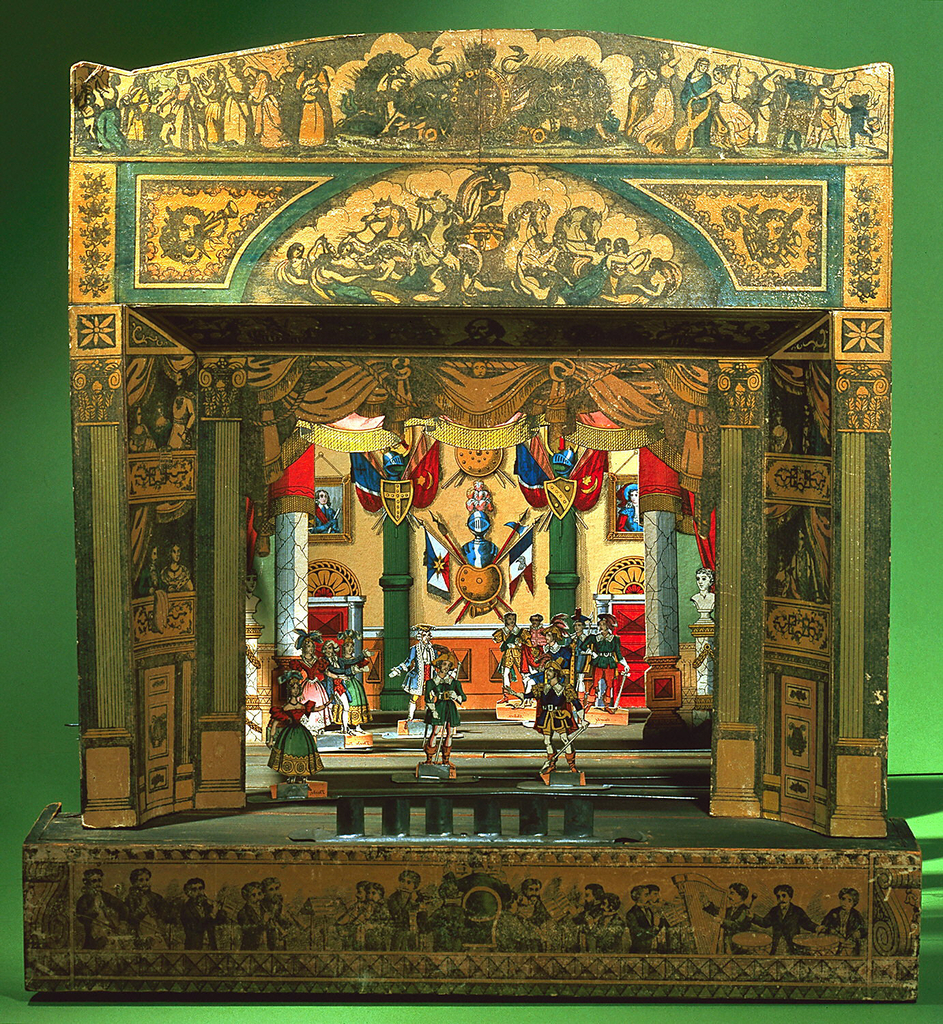Author: Zenia Malmer To the modern eye, this 19th century teapot, made by Edwin James Drew Bodley, who was in charge of an English china and earthenware manufacturer in Staffordshire, might border on kitsch. The spout, handle and edges are decorated with moulded bamboo stalks, with gilding to accentuate their nodes. Bright pink panels feature...
This Object of the Day celebrates one of many treasured objects given by Clare and Eugene V. Thaw to Cooper Hewitt, Smithsonian Design Museum. It is republished here in memory of Eugene V. Thaw. Click on this link to read more about the Thaws and their gifts to Cooper Hewitt. This room portrait is one of...
This Object of the Day celebrates one of many treasured objects given by Clare and Eugene V. Thaw to Cooper Hewitt, Smithsonian Design Museum. It is republished here in memory of Eugene V. Thaw. Click on this link to read more about the Thaws and their gifts to Cooper Hewitt. The second decade of the twenty-first...
This distinctive tea urn takes the form of Atlas supporting the world. Its triangular base has openwork decoration and rests on three ball feet. The spherical urn is held aloft by the kneeling figure of Atlas, straining as he supports the globe on his shoulders. The surface is decorated with reliefs featuring four wreathed circular...
Imaginative author Robert Louis Stevenson wrote in his 1884 essay, A Penny Plain and Twopence Coloured, “If you love art, folly, or the bright eyes of children, speed to Pollock’s…”[1] The toy theatre was a beloved pastime in 19th-century England that appealed to the creativity and craftsmanship of children and adults. Benjamin Pollock inherited his...
Often called “England’s Eamses,” Robin and Lucienne Day were a designing couple utterly committed to modernism. The unexpectedness and vitality of their postwar interior furnishings, particularly Lucienne’s pattern designs for textiles, carpets, wallcoverings, and dishware, shaped the look of modern England in the 1950s. Lucienne is rightfully famous for Calyx, the organic design inspired by the work...
Anab Jain, founding partner of Superflux, discusses the influence of fantastical beliefs on her work, the structure of her business, and the designer's shifting role in 21st century "architectures of collaboration."






